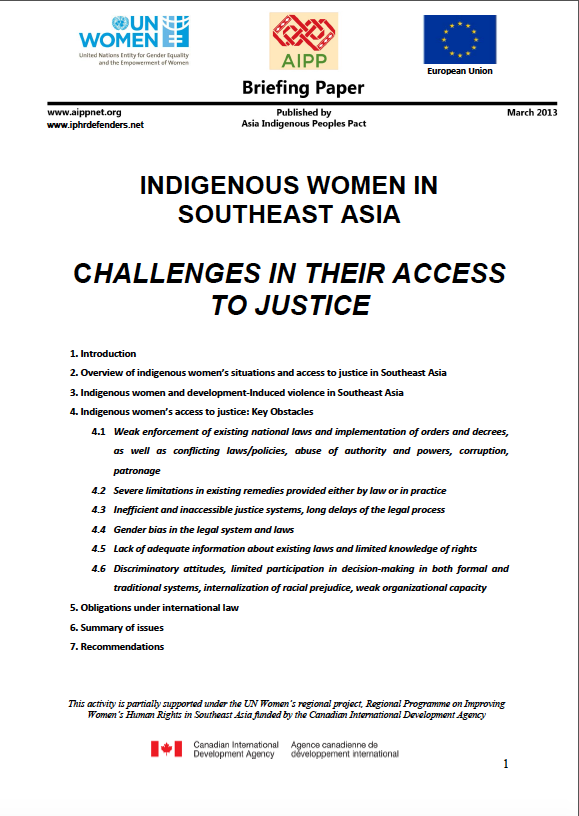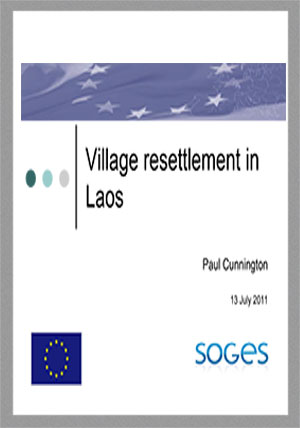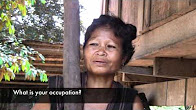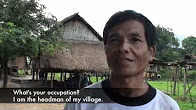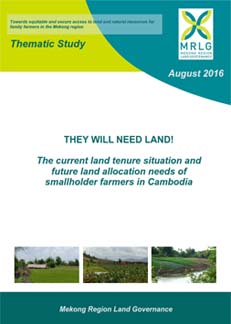Reframing the Issues : Consulting with Beneficiaries Swaziland Urban Development Project
Unplanned and unregulated urban
development is not unique to Swaziland, but addressing the
issue through direct consultations with beneficiaries is an
important improvement toward resolving this persistent
problem. The Swaziland Urban Development Project includes
standard infrastructure work, such as increasing urban
roads, rehabilitating and expanding water and sewage
services, and developing a solid waste facility However, in


